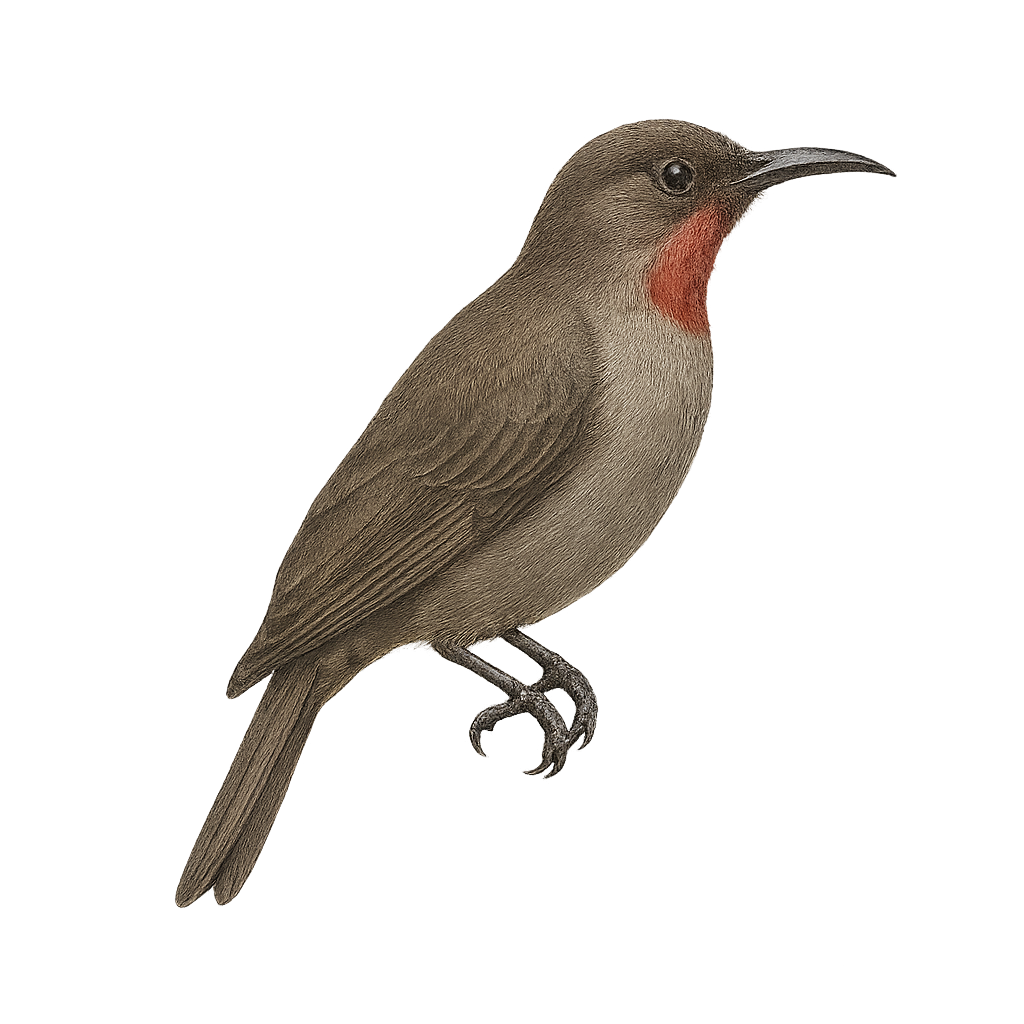Your wildlife photography guide.
Explore the red myzomela in detail, study its behavior, prepare your shots.
Where to observe and photograph the red myzomela in the wild
Learn where and when to spot the red myzomela in the wild, how to identify the species based on distinctive features, and what natural environments it inhabits. The WildlifePhotographer app offers tailored photography tips that reflect the red myzomela’s behavior, helping you capture better wildlife images. Explore the full species profile for key information including description, habitat, active periods, and approach techniques.
Red Myzomela
Scientific name: Myzomela eques

IUCN Status: Least Concern
Family: MELIPHAGIDAE
Group: Birds
Sensitivity to human approach: Suspicious
Minimum approach distance: 5 m
Courtship display: November to December
Incubation: 13-15 jours
Hatchings: November to January
Habitat:
Tropical rainforests, mangroves, flower gardens
Activity period :
Primarily active during the day, with peak activity in the morning and late afternoon.
Identification and description:
The Red Myzomela, or Myzomela eques, is a small bird with striking bright red plumage, accented by black on its wings and tail. This nectarivore is often found in tropical rainforests, mangroves, and flower gardens, feeding primarily on nectar but also on insects. Its slender, curved beak is perfectly adapted to reach the nectar of flowers. Known for its melodious song and agile movements among branches, it is generally solitary but can sometimes be seen in small groups, especially during the breeding season. Its adaptability to various habitats makes it a resilient species in the face of environmental changes.
Recommended lens:
400 mm – adjust based on distance, desired framing (portrait or habitat), and approach conditions.
Photography tips:
To photograph the Red Myzomela, focus on early morning hours when activity is highest. Use a 400mm or longer telephoto lens to capture details without disturbing the bird. Look for areas with abundant flowers, as these birds are often attracted to nectar. Be patient and discreet to capture natural shots. The soft morning light can help highlight the bright colors of its plumage.
The WildlifePhotographer App is coming soon!
Be the first to explore the best nature spots, track rutting seasons, log your observations, and observe more wildlife.
Already 1 432 wildlife lovers subscribed worldwide

